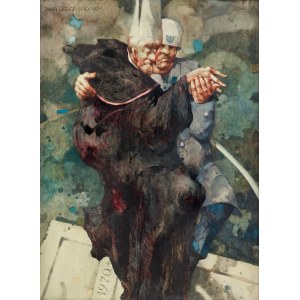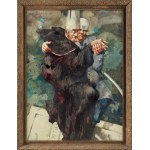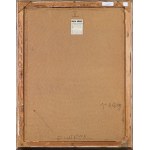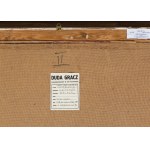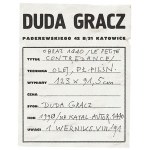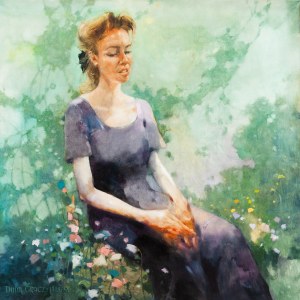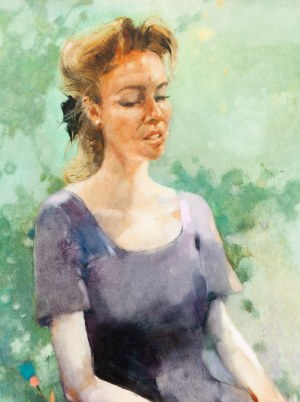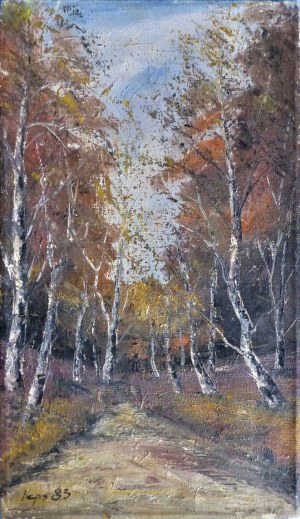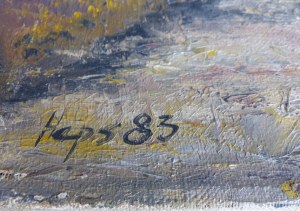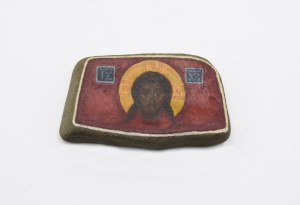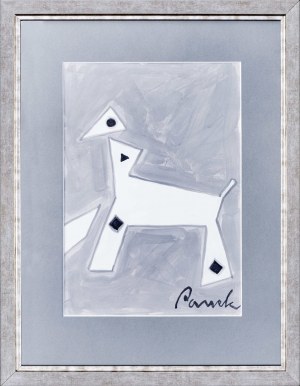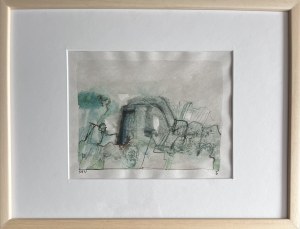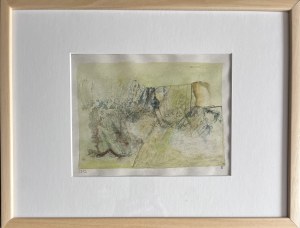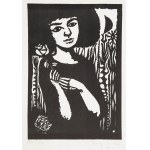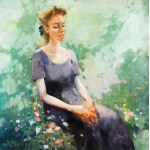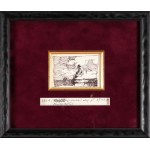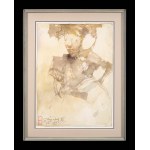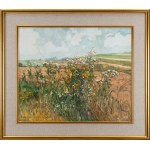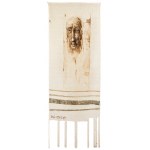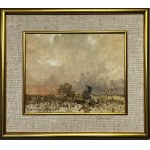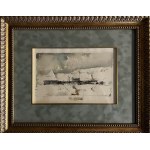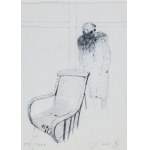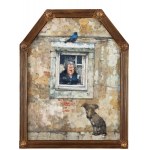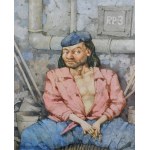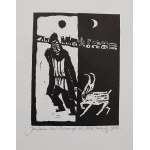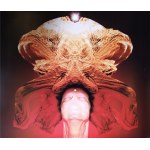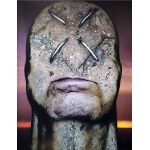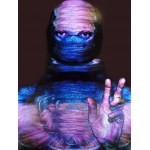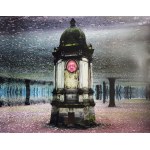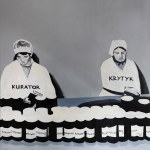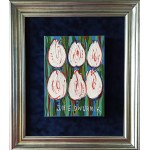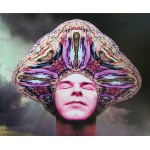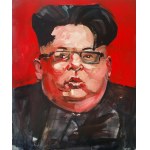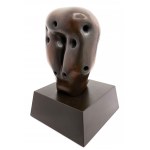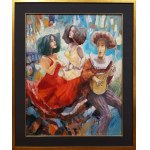123.0 x 91.5cm - oil, fiberboard signed l.g.: DUDA GRACZ . 1440/90 .
On the reverse in marker on panel m.g.: II, p.d.: 1440/91, m.d.: LIZTEWK, left arrow marks down and up.
On the reverse, on the g. strip of the frame, on the right, a sticker of the Agra-Art Auction House; on the plate m.g.: author's handwritten sticker with details of the painting and signature.
Exhibited painting:
- Prelude. Wrocław Collection, Agra-Art Auction House Gallery, Warsaw 28 I - 3 III 2023;
- Polish Summer. Duda Gracz at Tichauer, Tichauer Art Gallery, Tychy 1 VII - 24 IX 2023.
Reproduced image:
- Duda Gracz, text: Ireneusz J. Kamiński, choice of illustrations, biography and bibliography: Agata Duda Gracz, published by Penta, Warsaw 1997, p. 121, item 64, color ill.
- Prelude. Wroclaw collection (exhibition catalog), Agra-Art, Warsaw I 2023, p. 19, color ill., cat. no. 5;
- Polish Summer. Duda Gracz at Tichauer, Tichauer Art Gallery, Tychy VI 2023, p. 33, color ill.
Over the years, Duda Gracz has repeatedly built the narrative of his paintings based on the universal motif of dance. He paraphrased the danse macabre (Image 356. Danse macabre, 1978), created a series of publicistic "Polish dances" (1980-1983), touched on Jewish themes in the "ecumenical dance" (Image 1645. Auschwitz Municipality. Ecumenical Dance A.D. 2000, 1994). He also reached for the form of salon contredance in the grande edition (Image 1159. Le Grande Contredance - 1, 1987) and petite. The latter is the subject of the present painting from 1990. It is attended by a peculiar couple - a high-ranking representative of the church and a representative of the uniformed services. The details of the figures' clothing point to a bishop and an officer of the ZOMO - Motorized Repulsion Units of the Citizens' Militia reformed in 1989. This is an overt reference to the communist period and, more specifically, the events of 1970. This date, like another interpretive clue, is seen in the background of the men remembered in the dance. Playing with contrast and placing the viewer in the face of a controversial relationship, leaves him with one general conclusion - the marriage of church and power. The artist here once again plays the role of a racial homo politicus, bitterly commenting with his brush on the history of Poland's social and political transformations. In the national imaginary he spared no one, not even himself - moreover, he claimed that his caricatured gallery of portraits of his compatriots was a mirror in which he closely observed himself:
I'll tell you something I've told you before, which was then slandered as a sympathetic coquetry, although in reality there is no hint of coquetry in it: all those people in my paintings - skinny and fat, prominence and workers, nightmarish old ladies and first communion girls, as well as those figures that appeared after 1980 - all this is a continuous series of self-portraits. Everywhere there is me. Me - conditioned by reality, in the situations in which I realistically found myself. (...) If, on the other hand, I paint two figures who are in some kind of relationship with each other, for example, a party comrade with a purpurean, it is because I have doubts that I myself am not acting on the principle of "a candle to God and a candle to the devil." In this sense, this is also my self-portrait. (quoted in What's Inside Duda-Gracz, interviewed by T. Kucharski, "Here and Now," No. 30, 1982)
In the light of the artist's words - painterly journalism, mastered to perfection - was never driven by blind criticism. It resulted from a personal and deep experience of the reality in which the "sick for Poland" patriot had to live.
♣ to the auctioned price, in addition to other costs, will be added a fee resulting from the right of the creator and his heirs to receive remuneration in accordance with the Act of February 4, 1994 - on Copyright and Related Rights (droit de suite)
Jerzy Duda Gracz (Częstochowa 1941 - Łagów 2004)- painter, illustrator, stage designer, educator. He received his diploma from the Academy of Fine Arts in Cracow at the Department of Graphics in Katowice in 1968. In 1976-82 he was a lecturer at the academy, then a professor at the Silesian University in Katowice. He also taught at the European Academy of Arts in Warsaw (1992-2001).
His paintings are characterized by technical virtuosity and attention to detail. He practiced art in the broadly defined realist convention with dominant figure deformation and grotesque. He created a world of unmasking, using the language of journalism and allegory. He is the author of several major projects, including the "Transfiguration" plafond in the church in Toporovo (1995) and the "Golgotha of Jasna Gora" series in the Monastery of the Pauline Fathers in Czestochowa (2000/2001). The artist has had more than 180 solo exhibitions at home and abroad (including Berlin, London, Paris, Moscow, Rome, Vienna, Florence, Düsseldorf, Chicago, New Delhi, Munich, New York and others). He participated in about 300 national exhibitions and international presentations of Polish art. He represented Poland, among others, at the XLI Art Biennale in Venice in 1984, at the XX and XXI World Art Fairs in Cologne in 1986 and 1987, and at EXPO '92 in Seville. Jerzy Duda Player's paintings are in the collections of the National Museums in Warsaw, Krakow, Poznan, Wroclaw and Gdansk, the Jagiellonian University Museum in Collegium Maius in Krakow, the Museum of the Earth of the Polish Academy of Sciences in Warsaw, the art collections at Jasna Gora in Czestochowa and other district and city museums, and in private collections, including those of W. Ochman and W. Fibak; abroad - in the collections of the Uffizi in Florence, the Pushkin Museum in Moscow, the Ghent City Museum, the "BAWAG" Foundation in Vienna and the Vatican Collection, as well as in the galleries and collections of Austria, Belgium, the Czech Republic, Denmark, France, the Netherlands, Israel, Japan, Canada, Mexico, Norway, Russia, Sweden, Switzerland, the USA, Venezuela, the UK, Italy and Hungary.
Recently viewed
Please log in to see lots list
Favourites
Please log in to see lots list



